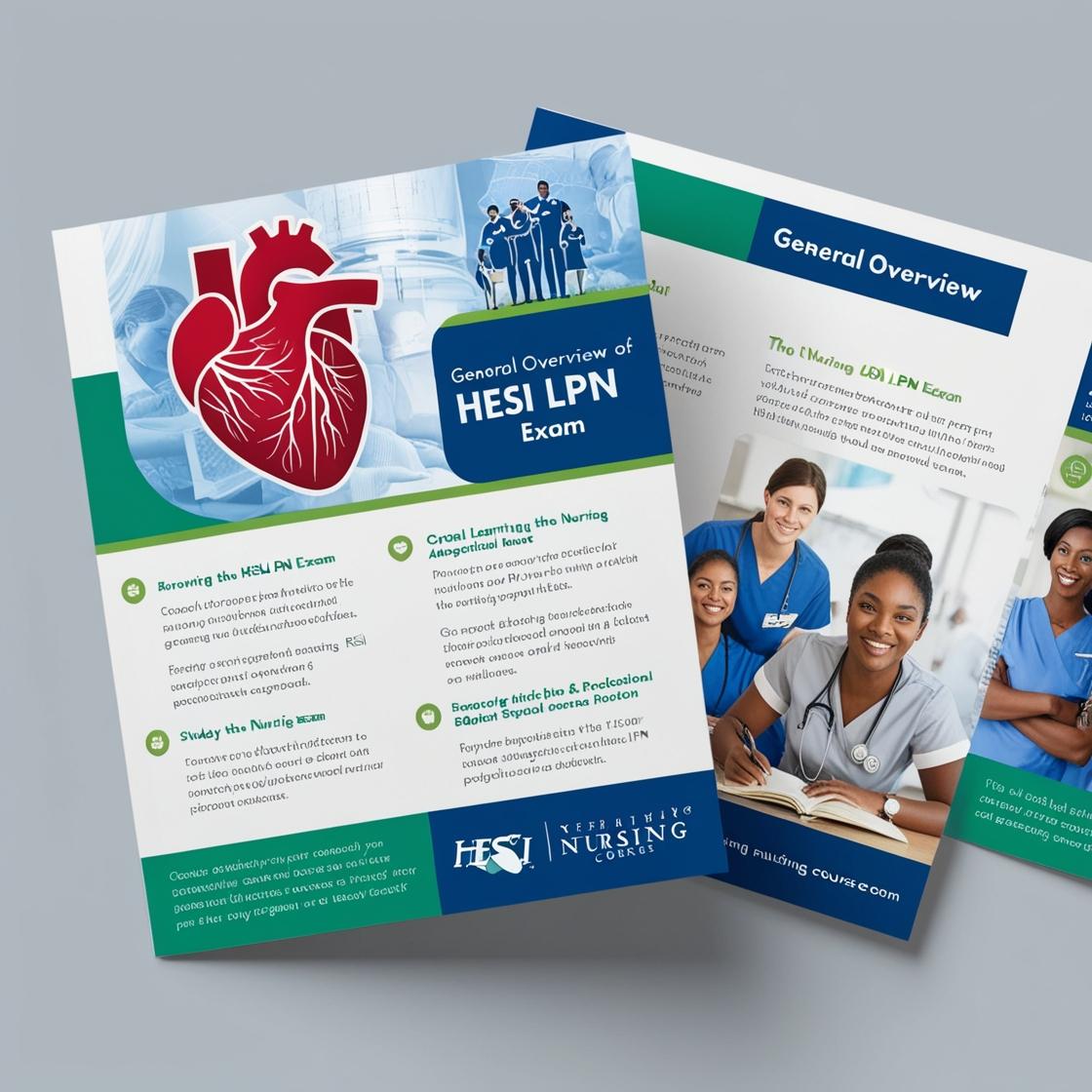HESI LPN
Medical Surgical HESI 2023
1. In planning nursing care for a bedfast client, which factor is most likely to contribute to the development of deep vein thrombosis (DVT) in an immobile client?
- A. Atherosclerotic plaque formation.
- B. Stasis of blood flow.
- C. Endothelial damage.
- D. Atherosclerotic vessel changes.
Correct answer: B
Rationale: The correct answer is B: Stasis of blood flow. Stasis of blood flow in immobile clients increases the risk of DVT, as lack of movement can cause blood to pool and clot. Atherosclerotic plaque formation (choice A) and atherosclerotic vessel changes (choice D) are more related to arterial diseases rather than DVT. Endothelial damage (choice C) can contribute to the development of DVT, but in an immobile client, stasis of blood flow is the most significant factor.
2. What should the nurse assess in an infant who has been diagnosed with hypertrophic pyloric stenosis?
- A. A history of diarrhea following each feeding
- B. Gastric pain evidenced by vigorous crying
- C. Poor appetite due to a poor sucking reflex
- D. An olive-shaped mass right of the midline
Correct answer: D
Rationale: The correct answer is D. In hypertrophic pyloric stenosis, a key assessment finding is an olive-shaped mass in the right upper quadrant of the abdomen, to the right of the midline. This mass is palpable and represents the hypertrophied pyloric muscle. Choices A, B, and C are incorrect because although they may be present in infants with feeding problems, the definitive assessment for hypertrophic pyloric stenosis is the presence of an olive-shaped mass on the right side of the abdomen, not a history of diarrhea, gastric pain, or poor appetite.
3. The mother of a child who has been diagnosed with varicella asks the nurse when the child can return to school. When is the child no longer contagious?
- A. When the fever dissipates
- B. After the incubation period
- C. When the lesions have healed
- D. When the lesions are crusted over
Correct answer: D
Rationale: The correct answer is D: 'When the lesions are crusted over.' Varicella is no longer contagious once the lesions are dry and crusted. This stage indicates that the active viral shedding has significantly decreased, reducing the risk of transmission. Choice A, 'When the fever dissipates,' is incorrect because the presence of fever does not necessarily correlate with the contagiousness of varicella. Choice B, 'After the incubation period,' is incorrect as the incubation period occurs before the onset of symptoms and is not relevant to determining contagiousness. Choice C, 'When the lesions have healed,' is incorrect as healed lesions can still be contagious if they are not crusted over.
4. A client who has a history of unstable angina is admitted to the emergency department with chest pain.
- A. Chest pain relieved by rest.
- B. Chest pain unrelieved after taking 3 sequential nitroglycerin tablets.
- C. Chest pain occurring only with exertion.
- D. Chest pain lasting less than 5 minutes.
Correct answer: B
Rationale: Chest pain unrelieved after taking 3 sequential nitroglycerin tablets indicates a possible myocardial infarction and requires immediate medical attention.
5. The nurse is caring for a client with a nasogastric tube. Which action should the nurse take to ensure proper functioning of the tube?
- A. Flush the tube with 50 mL of normal saline every 8 hours
- B. Clamp the tube when not in use
- C. Position the client in a supine position
- D. Verify tube placement by checking pH of gastric contents
Correct answer: D
Rationale: Verifying tube placement by checking the pH of gastric contents is crucial to ensure the nasogastric tube is correctly positioned in the stomach. This action helps prevent complications such as aspiration. Flushing the tube with normal saline every 8 hours is not necessary for ensuring proper functioning of the tube. Clamping the tube when not in use may lead to the build-up of gastric secretions and blockages. Positioning the client in a supine position is not directly related to ensuring the proper functioning of the nasogastric tube.
Similar Questions

Access More Features
HESI LPN Basic
$69.99/ 30 days
- 50,000 Questions with answers
- All HESI courses Coverage
- 30 days access @ $69.99
HESI LPN Premium
$149.99/ 90 days
- 50,000 Questions with answers
- All HESI courses Coverage
- 30 days access @ $149.99
